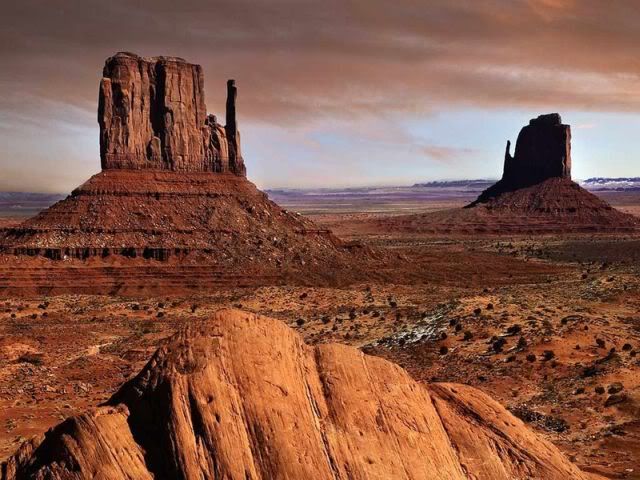When I think of where I'd like to live a desert isn't really the first place that springs to mind, so I was surprised to learn that around the world more than 300 million people live within deserts. but then as one third of the worlds surface is covered by deserts its going to be inevitable as the population grows.
It must be remembered that all of the desert environments are different, not just boiling sun and sand dunes. However all the desert communities face one big issue, the search for water.
Las Vegas, Nevada
Las Vegas is one of the glitziest cities in the USA, a popular holiday destination for many around the world looking to visit the gambling capital of the USA. Located in the Mojave Desert and with a population of just over half a million residents Las Vegas should not work, a desert water supply would not be able to maintain such a large developed area with an average rainfall of 20cm per year. The introduction of the Hoover Dam . has regulated water supplies which supply Las Vegas and the surrounding areas. The Hoover Dam looks as if it could supply the area with water for years to come, but in actual fact the dam only contains enough water to supply the 29 million homes of the south west for a year.
The Mojave desert also has other uses.
- Tourism: The introduction of adventure tourism is perfect within the landscape. The desert environment can be used for off-roading, extreme biking, rock climbing, hiking and rock climbing.
- The location is often used with films
- The military often use desert areas to test out new air crafts.

Las Vegas 'The Desert City'






